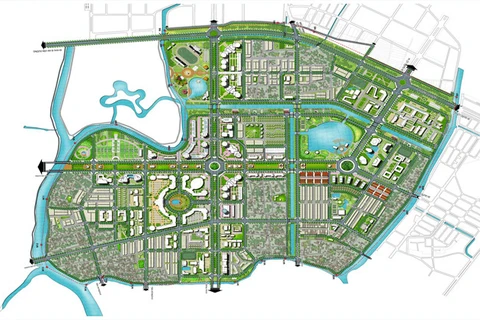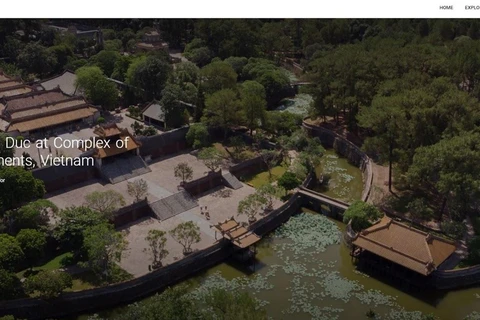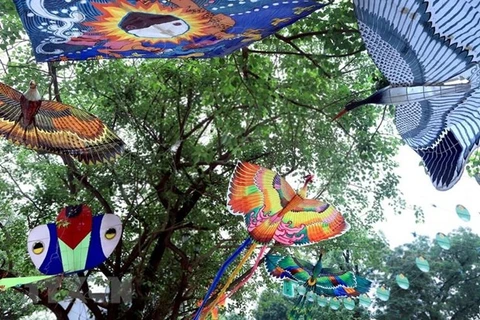Thua Thien-Hue (VNA) – The Hue Monuments Conservation Centre and the Waseda University of Japan reviewed their joint research on cultural, historical and ecological features, potential and special values of the Nguyen dynasty’s royal tombs at a recent meeting.
The research, which was conducted from 2016 to 2018, focused on the tomb of King Gia Long (1762-1820) and its adjacent areas in Huong Tho commune, Huong Tra district, the central province of Thua Thien-Hue.
The Waseda University handed over documents relating to the research to the centre to serve the study, conservation and restoration work as well as the building of dossiers re-nominating the Hue Monuments Complex as world cultural heritage.
The joint group also proposed solutions to preserve the complex sustainably in tandem with local socio-economic development.
Besides, they have piloted an eco-study tour around King Gia Long’s tomb, aiming to raise public awareness of protecting, using and managing cultural landscape resources in the area of royal tombs in a sustainable manner, and create livelihoods for local people.
The two sides are consulting the provincial Department of Tourism, and some local travel organisations, associations and companies about the pilot eco-study tours at King Gia Long’s tomb.
The new tour is expected to give new experiences to tourists to Hue ancient capital city.
In 2018, the Hue Monuments Conservation Centre earned 381.7 billion VND (16.4 million USD) from serving over 3.5 million tourists, up 19 percent compared to the target set.
The centre has implemented 24 restoration projects with total investment exceeding 278.8 billion VND (11.9 million USD).
Hue, which was the imperial capital of Vietnam for hundreds of years, is home to five heritages recognised by UNESCO, including the ancient citadel relic complex (a World Cultural Heritage site), Hue royal court music (an intangible cultural heritage item), Nguyen Dynasty’s wood blocks (a documentary heritage item), Nguyen Dynasty’s royal administrative documents (part of the Asia-Pacific Register of UNESCO’s Memory of the World Programme), and literature on Hue royal architecture (another documentary heritage).
The Hue imperial citadel relic site has been ranked second among the top seven tourist attractions of Vietnam in 2017. –VNA
VNA























